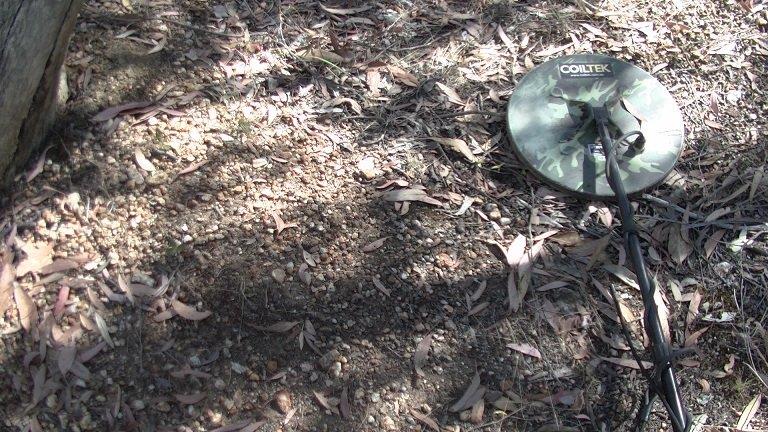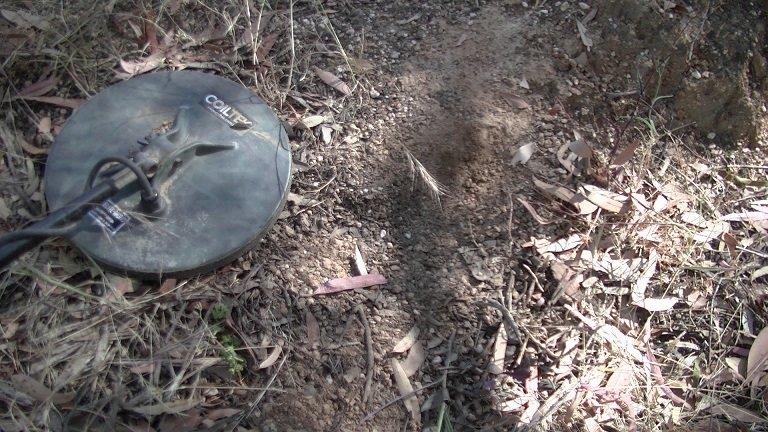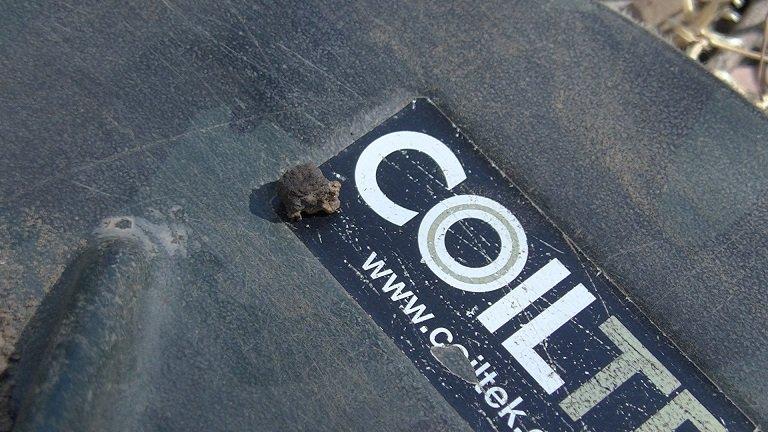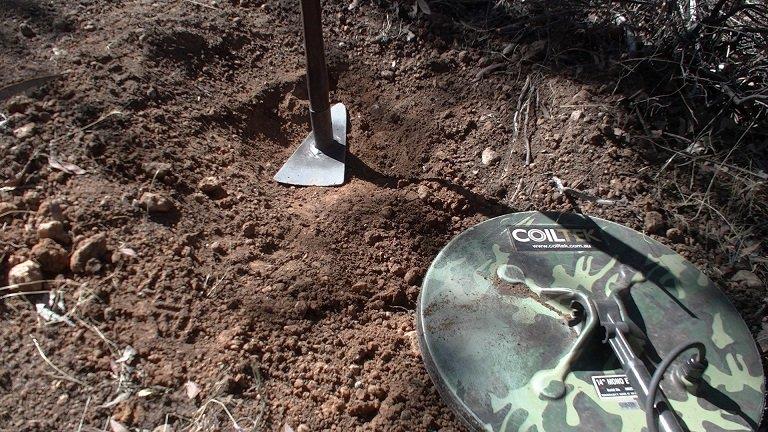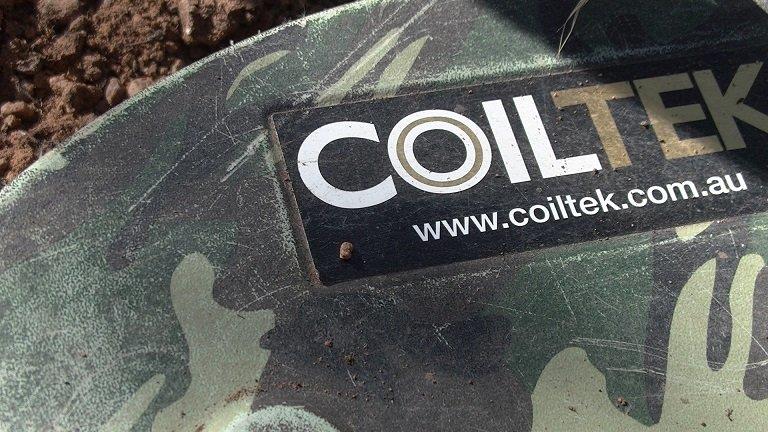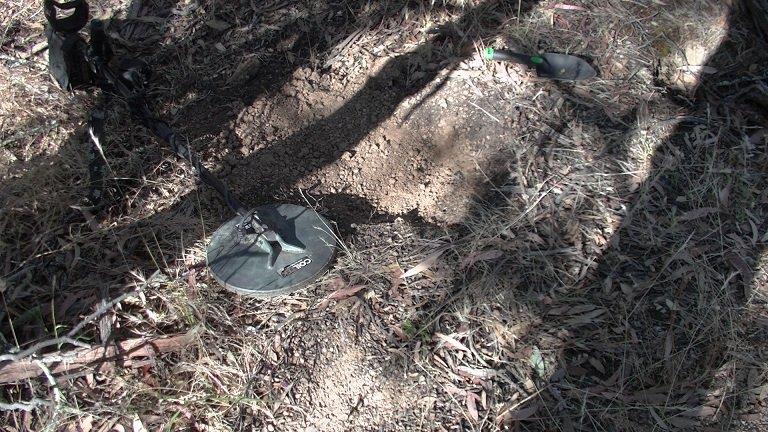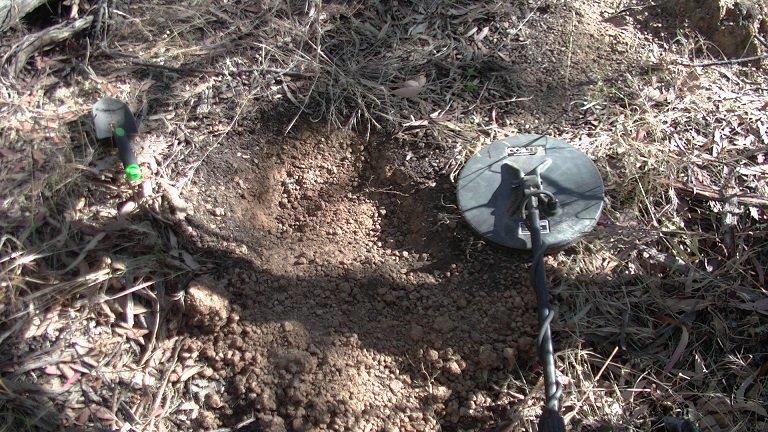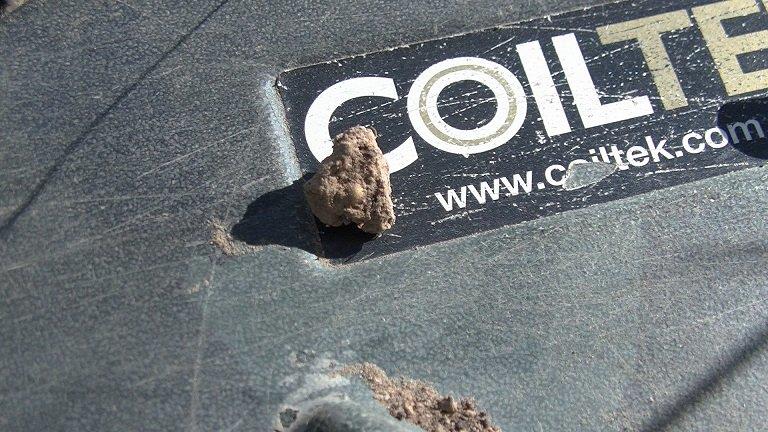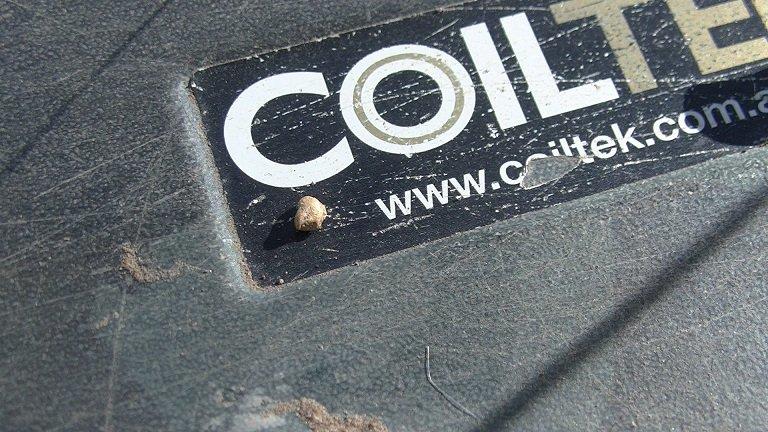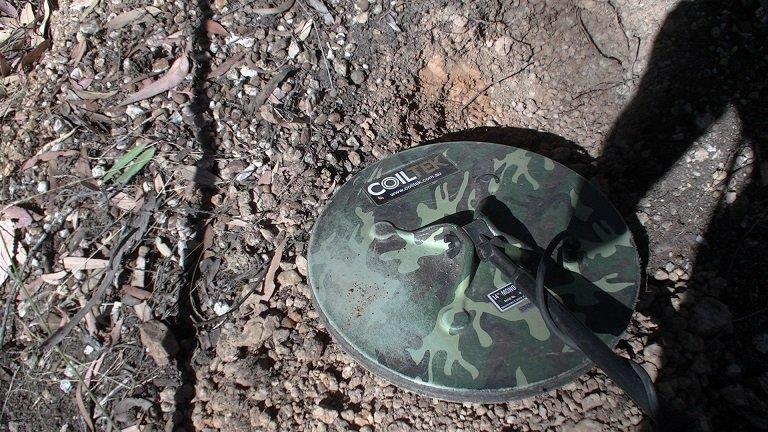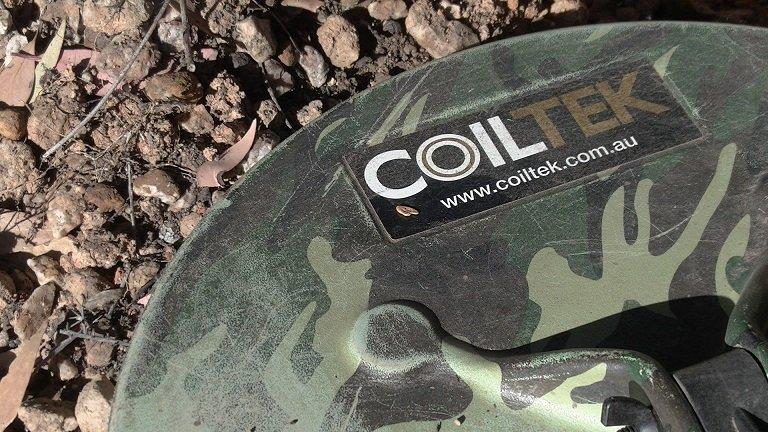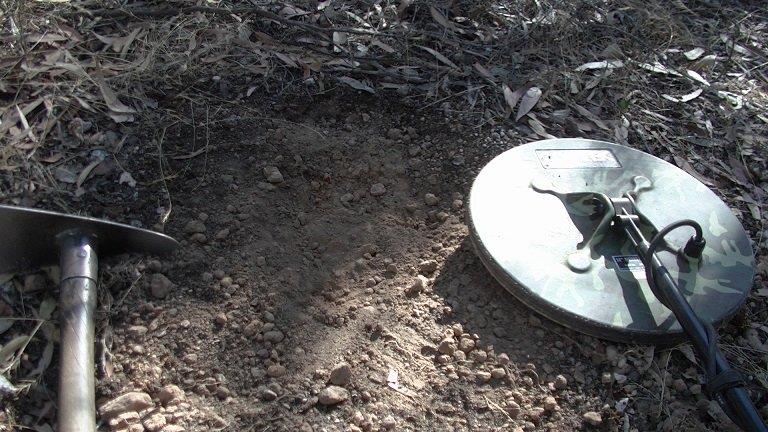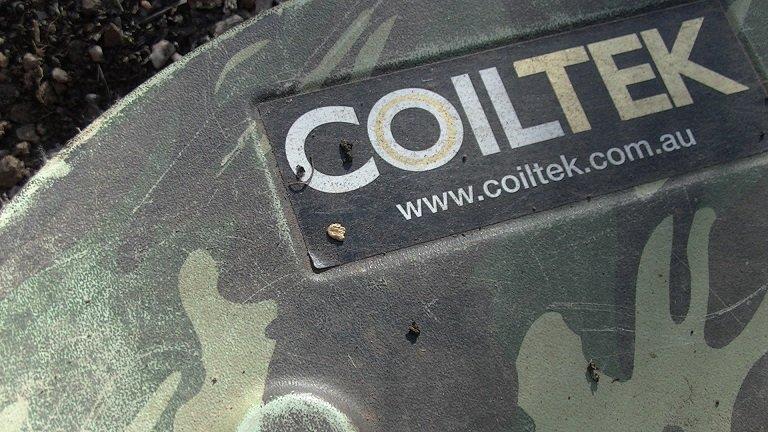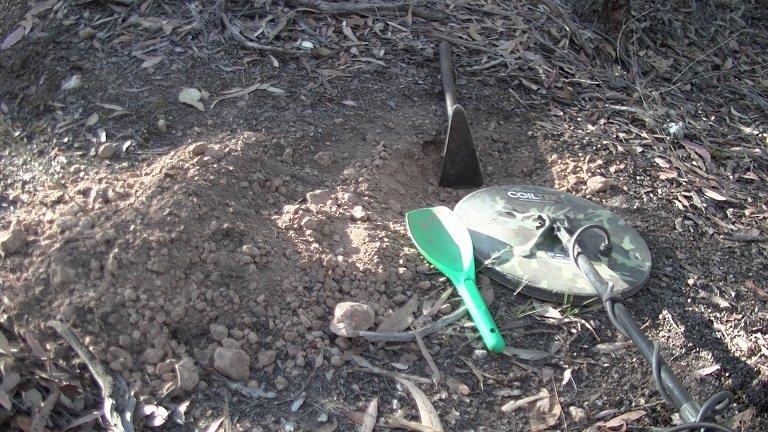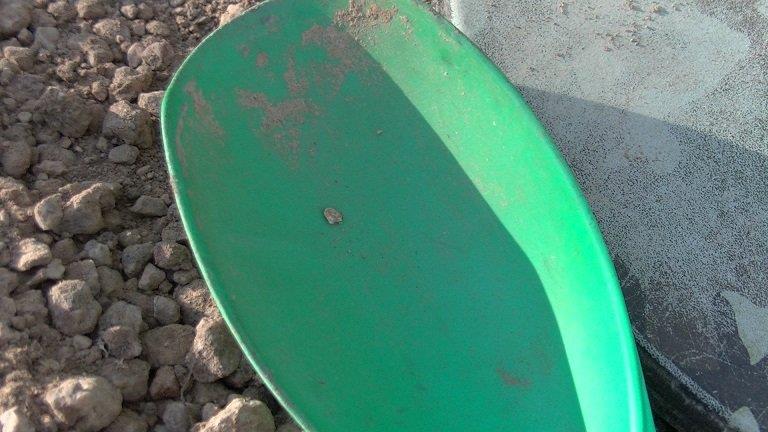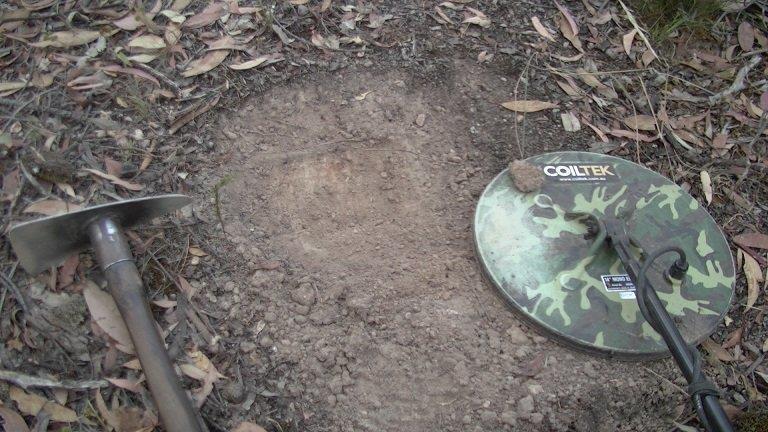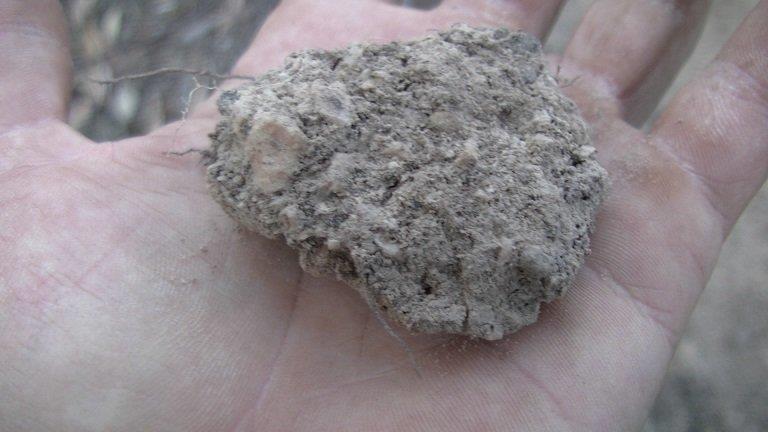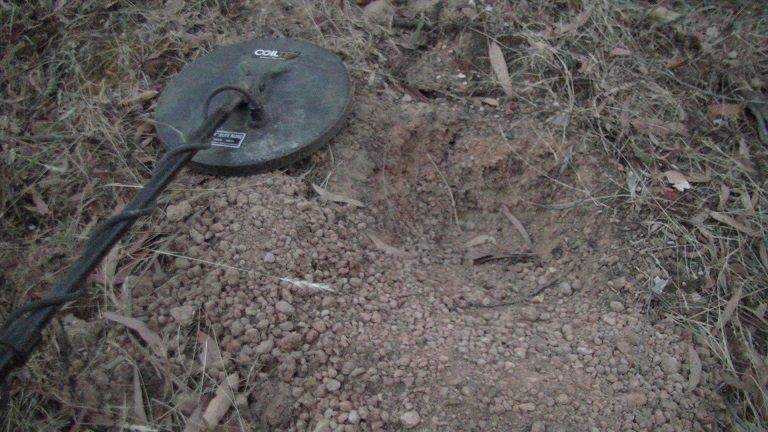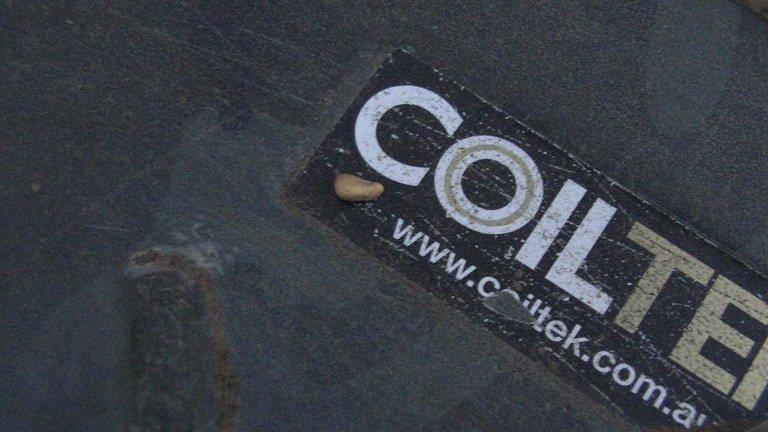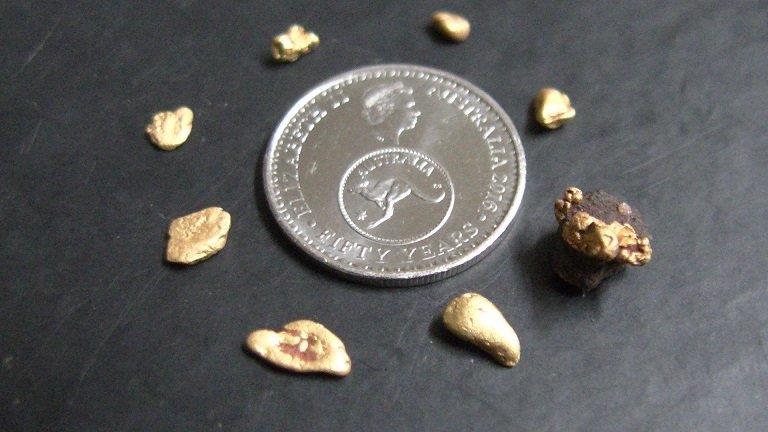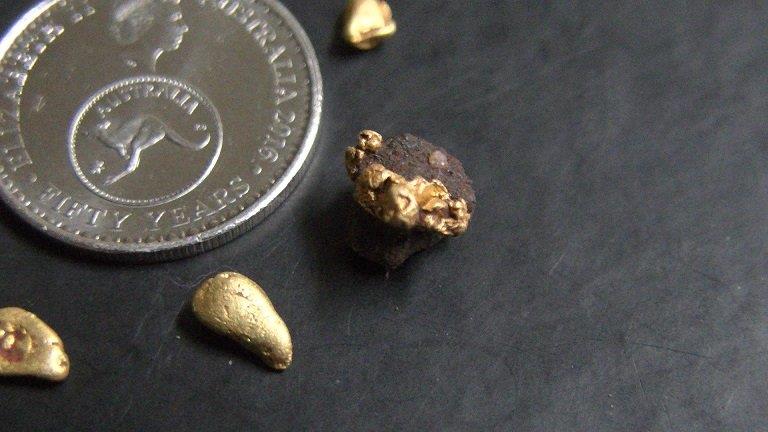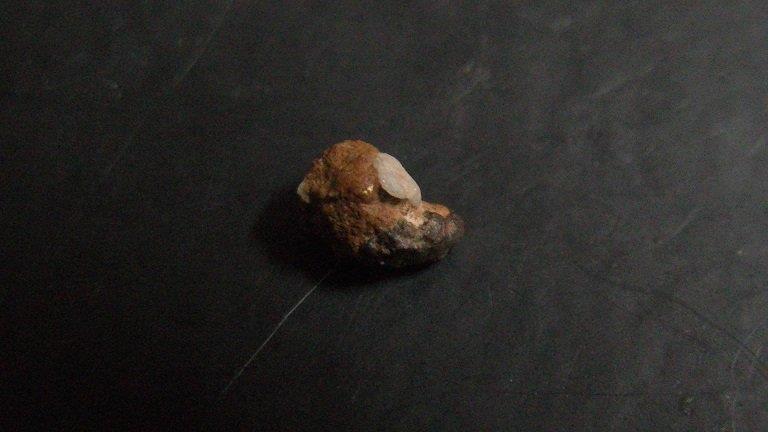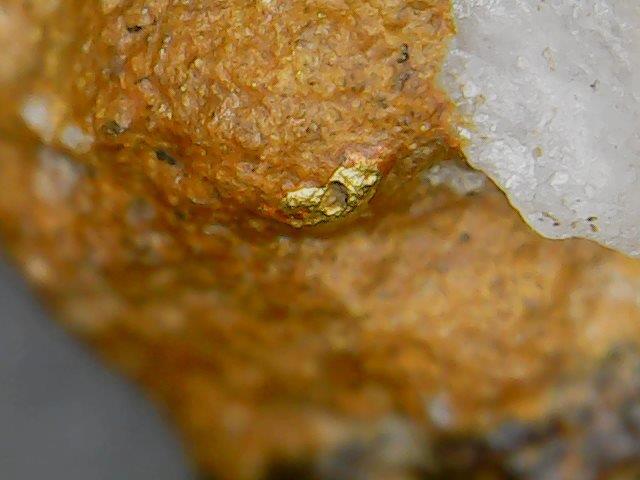Hi Northeast,
Thanks for your reply, thats correct - most of the video's you see are the ones where they sit the camera down, dig out the gold. Imagine how many video's they take before and after they get that target though.
I think people's perception on those video's, are that they walk into the bush, film away and hit gold. Much work goes into filming, I could easily film how I got to the gold targets, but the video could be 10 minutes long, or up to hours before finally getting to that one little spot which is the gold.
If I can be too bold to say, that I think some of them may be a bit clueless, and just swing away in the hope and eventually they hit gold, but there are the guys who have that ability to read the grounds a bit better and get their search window narrowed down a lot quicker. You must appreciate that these guys are more so - check this size of the gold that I just dug in untouched ground, I found it and how cool is that. They are not really going to publicize much else, other than they used a minelab with the best coil in the world. I couldnt see them getting up with the camera and walking around and showing everyone the signposts on how they got to this area. Thats the fun of the hunt and the skill in prospecting. Much like fishing some are good at it and some shouldn't fish.
As for ground reading etc, its much like the recent spot that I found, I could easily film this for 4 hours and over that time, which recently I have hit gold almost 8 times in this short time. Or over the 2 1/2 days in Calcrete with over 120+ pieces - And out of 26 days now 25 have proven to be gold on each occasion. And over the short time have managed to get 400 or so pieces. If I filmed each and every find maybe I would still be at the 200 mark.
Filming Narrating Editing to produce a good quality video is basic enough.
Today I filmed roughly 7 hot sounds, just to show people how to balance and deal with the super hot stuff, you know the type that even a slight lift off the ground sends the detectors with mono into a frenzy of sounds, this was the ground I filmed today, balancing technique along with working through the area, and things that I do to achieve the results. And fair enough after maybe an hour or so - there was the target, very similar to the sounds all throughout the hour, and after the inspection was gold. Only small but gold.
As for the old timers, what they were looking for was gold, but how they found it, is not that hard. Is pretty much if we start from where they did, the very bottom, creeks, riverbeds, panned away. After the gold thinned out they went higher up and noticed it was halfway along where the original water line was many aeons ago before sea's fully subsided to where they are these days. After this thinned out, they went higher and found that gold was formed in reefs, hence why they dig in the gold bearing veins.
One problem for a lot of detector operators, is they dont spend enough time in general and they hope to find gold every time they hit the fields. So they think to change area's hourly or daily - this can be a bad thing because you need to spend time in one area. We all know there is still detectable gold available in every single goldfield australia wide, but these people make their belief different by moving around so much. They must think if they dont move to the next spot they will miss out on what could be there, and forget that they may have just walked away from a good find.
Let me share this with you, look below at these folders, this is persistence. Each and everyone of these is full of my gold finds in that location, basically every time I go out there is a folder created with what I found on the day, where when ground type etc etc, After covering a lot of ground throughout my journey. I have managed to find these spots over this time, not by moving around so much and saying this place has no gold after a few hours out. I would go back and go back until I found gold, and continuously work the area until I was satisfied that there is no detectable gold for me to find in the area I have covered. With the machine and coils that I was using.
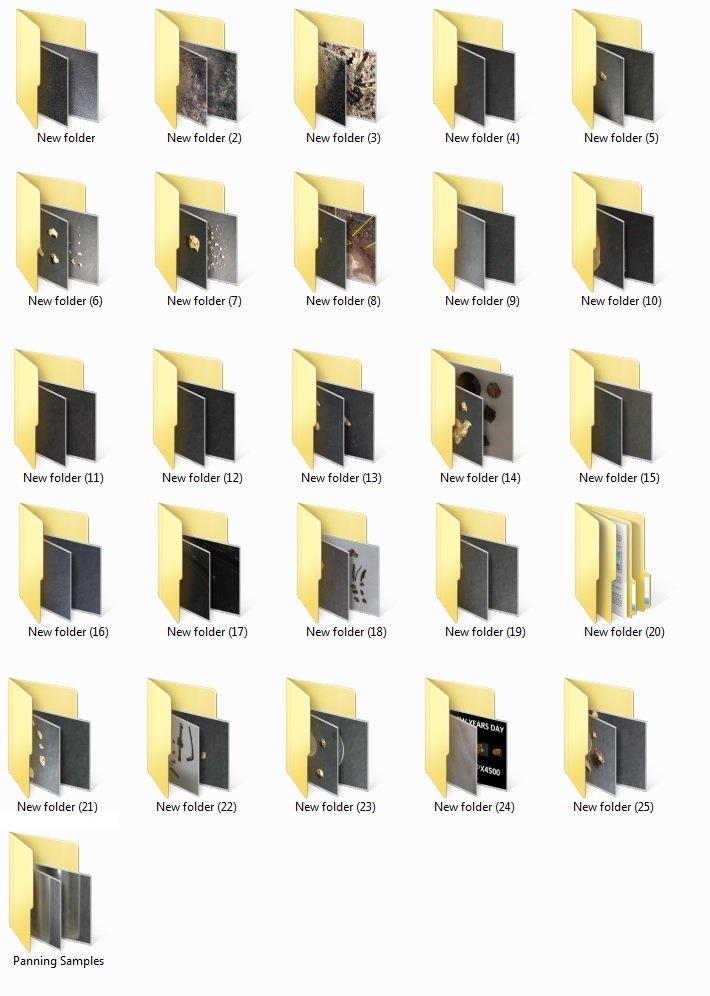
In this area, when I first approached it - it looked very promising. The first target - screamed Chinese Coin, well this chinese coin was maybe 4 meters away from the spot which would turn out to be 120+ pieces of Gold in Calcrete, I ventured along a path weaving around trees, over mullocks, and to a spot which I found one small piece of gold. which was a little reefy piece, study the gold. And the second piece was a very waterworn piece. Well this spot seemed ok 2 pieces first time there.
2nd visit there again - weaving away on a path line following the edge of gravel to clay and 3 pieces of gold about 100 meters down the incline, again marked on Earth
3rd visit to this area, nothing nothing at all.
Lets look at the gold - the first piece was very reefy looking and the area it was found looked to be the best spot to start.
Well 4th day - 6 pieces about 2 meters away from the that very first reefy little nugget. Time to thoroughly do this section clean out everything that will stop me from getting good ground coverage, This time I was not taking the line walking around to study the area while detecting but more so concentration on sectional ground, you could say gridding. Well there it was boom and the next 2 1/2 days was over 120 plus nuggets.
I guess the story here is some people may walk a line through an area, hit one piece of gold or possibly nothing and dismiss the area, when I first walked into this area, if I knew what was about to come out of there I would have started to grid from the very top, but my approach is to try and find gold here and there in one area, try to see if I can find the stretch of detectable gold and then work the containment - and after this pursue the outer limits.
This entire section had gold left right and centre, when i first walked through here, finding 2 pieces and then 3 pieces in another small area the next time - and after working this area now for 25 or so days, I pretty much walked right past all these other 200 or so pieces on the first few days. Because I was walking a line through the area detecting
Another area that I want to share with you all - Well what happens in the most prospected place in history, D/S Gold maps point everyone to this location. And what do you know over 60 pieces of gold throughout a few weeks of persistence. Finally another window
After this was the same approach, venture to many other area's hills, hillsides and gullies and continue this persistent approach of being extremely consistent. Well the amount of ground I was covering was sure to get me closer to the gold.
What can I do to achieve better results, how can I speed this up. Well its all about learning curves within any industry or profession, we need these skill and abilities to achieve better results. So I took the time to study while I was detecting, study the grounds myself, and study the rocks, minerals, grounds and even the gold - look at each and every find rather than chuck it in the pocket and fill the hole. Lets now further on away from workings and prospect some new grounds, we have the skills and knowledge from many years and lets see if we can find these hot little spots.
The old timers couldnt just ask someone or google it they had to work it out for themselves to eventually hit their windows. Ask someone in those days would be like, yeah there is a major gold rush 1000km's away. Chinese whispers you know
Most people look at the grounds on a small scale, what you need to do is look at it on a bigger scale, a creek is nothing, or a river, think of some hills as one big gravel bar when the rivers or sea's were massive. All grounds are different but some things are easier to understand with what lies below.
I mentioned to the operators on our group days - an easy way to see the ground levels, is to dig a hole, when detecting and with each and every hole always track the depths of the soils. Dig a bit further, at least it will help you to get an understanding of the depth on each change in soils.
Or keep your eyes on the depth of the workings.
Look at the mineral makeup down the shafts, you might see light 50mm or so top soil, then gravels about 300mm thick then a 100mm band of clay - thats a good sign that the grounds are 350mm or so thick until a thick clay layer.
Vegetation helps as well, look at the way things grow in dirt but not in the high mineral shallow area's.
I could keep writing - but most I have covered all through out this thread, feel free to read from start to finish. Remember repetitive work makes better

As for todays Vid's I will post them up when they are complete
Feel free to check out any of my recent video's here if you like.
Minelab Gold Youtube Channel
https://www.youtube.com/channel/UCv5oE31Me0MK-p7tkhRhjMw
First couple of video's are just still images.
Video quality gets better as I battle with holding the camera while detecting.
This new footage is pretty good, because I used the external speaker while filming, and hope to upload in the next day or so.
Cheers M.G

